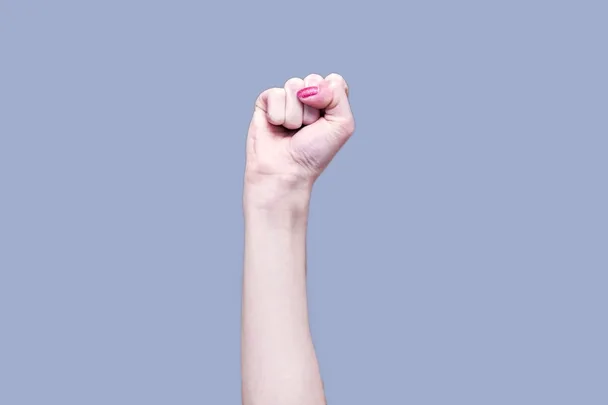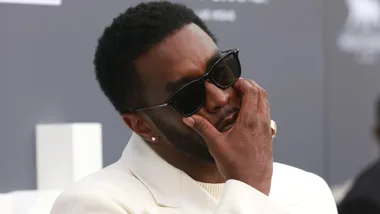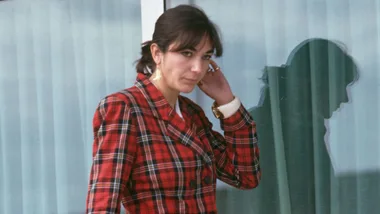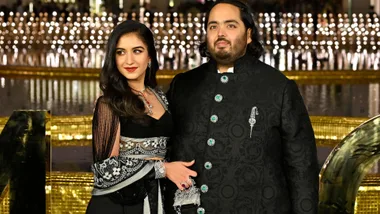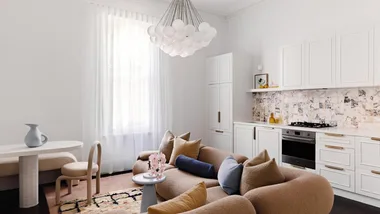This weekend every Australian over the age of 18 has a choice to make and it matters. The path we ultimately choose at the polls will change lives. Our own lives. Our parents’ lives. Our children’s lives.
This is invariably the case with any federal election in a functioning democracy, but, this time around, the difference between the choices on offer is particularly significant. It is pronounced. In previous elections, it has been difficult to tell the difference between the options available. Not in 2019. And particularly not if you are a person genuinely interested in seeing the chasm that exists between men and women in Australia start to shrink. Or, if you harbour a shred of hope that climate change is something we can arrest.
In elections gone-by expecting meaningful action on either gender equality or the climate was a folly. Not anymore. Both are firmly on the agenda and not a minute too soon.
On Monday, the Women’s Electoral Lobby released a Federal Election scorecard ranking the Coalition, the Greens and Labour against 12 key policy areas that are paramount for women. The policy areas include the elimination of violence against women, affordable housing, social services, an equitable tax system, childcare, addressing the pay gap, retirement income.
RELATED: Everything You Need To Know About The Federal Election

The results are stark. Labor earned 11 out of 12 positive ticks, the Coalition got just 1 and the Greens were handed 10.
Liberal MP and minister for women, Kelly O’Dwyer, who is retiring from politics after this weekend, disputes the impartiality of these findings.
“The Women’s Electoral Lobby has not just ignored the records achieved for Australian women by the coalition but ignored coalition policies and election commitments that overwhelmingly will leave Australian women better off,” O’Dwyer told marie claire.
While WEL presents itself – and its findings – as being independent the minister says the scorecard reveals “it is just a partisan lobby for the Labor Party”.
WEL’s national convenor Jozefa Sobski disagrees and stands by the assertion that the coalition’s policies do not demonstrate a serious commitment to gender equality.
RELATED: Australian Voters Want More Action On Women’s Issues, Poll Finds
“This is a gender lens analysis of our national political party’s commitment, or lack of commitment, to delivering equality to 12.7 million Australian women across these key priority areas,” Sobski said.
Providing policies aimed at delivering true equality to women should not, necessarily, be an ambition exclusively attached to either the left or the right. While the major political parties might differ when it comes to how equality might best be achieved or delivered, in theory, they oughtn’t be divided on the why.
But it is clear the Coalition, in its current composition, hasn’t considered the issue of gender equality to be a pressing priority in the six years it has been in government. Neither Tony Abbott nor Michaelia Cash could accurately be described as particularly committed in their respective stints as the minister for women between 2013 and 2016. Certainly when Kelly O’Dwyer was appointed to the post, this changed. She was enthusiastic, committed and sincere in pursuing equality for women in Australia. But it’s difficult to see proof that the Liberal party wholeheartedly embraced that agenda.
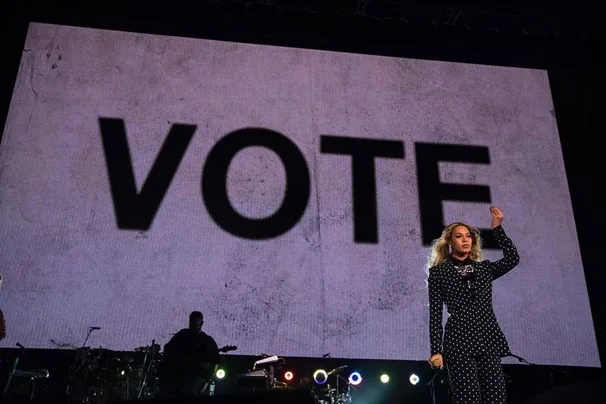
Perhaps this is because the representation of women in the party ranks is diabolically low right now? Or perhaps the representation of women in the party ranks is diabolically low because of this blind spot?
Either way, women have the power to decide the outcome of this election.
“It doesn’t matter what politics you believe in; your vote must consider the needs of what will deliver equality for 50% of Australia’s society,” Sobski says. Never has there been a more important voting moment for Australians to appreciate how our major political parties recognise more than 50% of the voting population’s needs. Women outnumber male voters in almost all federal electorates which means, women decide elections.”
Two of the major parties – Labor and the Greens – have actively prioritised women and equality in their election pitches and policy suites.
Twenty-five years ago, back in 1994, the Labor party embarked on a highly contentious path. After a ferocious, national conference in Tasmania the party made the radical decision to introduce a 30% quota for women to ensure they were fairly represented. It wasn’t pretty and it certainly didn’t happen without a fight but it was effective. The figure was subsequently raised to 40% and then 50%. In the Labor party women now comprise roughly 45% of MPs, and have done for some time. Across the political divide in the Liberal party that figure is hovering around 20% and may plummet well below that number after the 18th of May.
RELATED: Meet Australia’s Rising Politicians
If you’re not interested in politics there is a good chance you are tired of being bombarded with political advertising. Of seeing or hearing Scott Morrison and Bill Shorten and Clive Palmer every time you hop in the car, switch on the TV, download a podcast or open social media. The ads and soundbites and posters are everywhere but don’t be lured into thinking it doesn’t matter. It does. If you want Australia to be fairer for women, use your vote carefully.
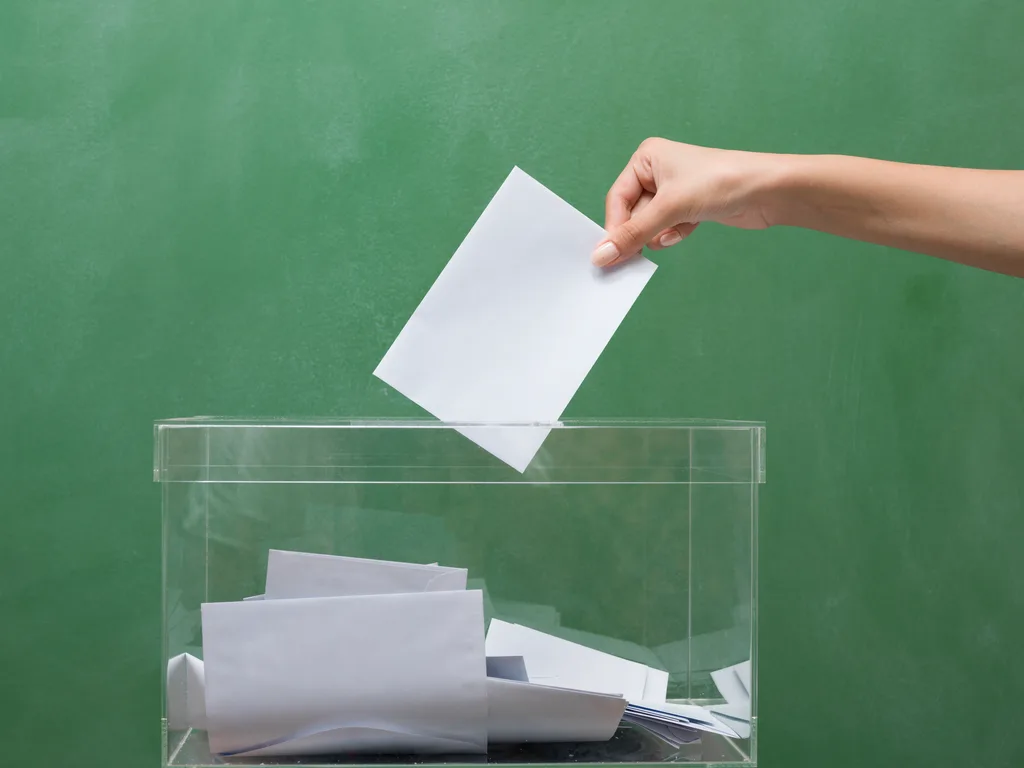
A cheat-sheet for what the major parties are offering women in a few key pillars.
To eliminate violence against women:
Liberal/Nationals: Increased funding, including $328 million for prevention and frontline services, but the allocated funding won’t achieve the National Plan & falls below State/Territory funding.
The Greens: No woman turned away’ under new $5.3 billion National Partnership Agreement on Domestic Violence and Violence Against Women.
Labor: Double existing National Action Plan funding $660m. $88m transitional housing (2019/20) Stronger start but still behind State/Territories.
Make tax fairer for women:
Liberal/Nationals: Income tax cuts favour men. Low to Middle Income Tax Offset actually increases women’s taxes. Abolished Women’s Budget Statement.
The Greens: Oppose further tax cuts. Curb tax avoidance, mineral resources tax, financial transparency for $50m+ companies.
Labor: Reduce effective marginal tax rates by increasing child care subsidies. Negative gearing limited. Capital Gains Tax discount halved.
Women’s health:
Liberal/Nationals: A targeted investment of $20.9 million over five years to improve the health of new families, particularly pregnant women and children. An extra $27 million to build on the $20.5 million already invested by the Government in the McGrath Breast Care Nurse Initiative, to ensure training of 98 breast care nurses by 2022–23. No support for affordable pregnancy termination services. No foreign aid reproductive health funding.
Labor: Redevelop National Women’s Health Policy, fund AHWN. National Sexual Reproductive Health Strategy (termination services + decriminalisation). $800m overseas aid.
The Greens: Reinstate AWHN funding, support AWH Charter. Free and safe termination services, including unbiased counselling. Overseas aid for women’s health.
Increase the representation of women in decision making roles:
Liberal/Nationals: Have increased women on government boards to 47.3% the highest percentage recorded since public reporting began.
The Greens: Committed to 50:50 representation in public life, workplaces promoting of women to more senior and leadership positions.
Labor: Gender targets, 50:50 government boards (in 3 yrs). Senior public service. Cabinet, branch level, pre-selection, party leadership roles.
Improve access, affordability and quality of childcare:
Liberal/Nationals: Universal access for 4-year-olds. 15 hours per week for a low-income parent with activity testing. Increased childcare subsidy from $7,500 to $10,000 a year. No proposed increases for childcare workers.
The Greens: Universal access: 24 hours pw. $200m ‘Reducing Waiting Lists’ grants. Make sure educators have steady jobs, decent pay.
Labor: National plan for 3& 4-year-olds. Families below $69,000, families below $174,000 higher subsidy. 20% worker wage increases.
Improve access, affordability and quality of childcare:
Liberal/Nationals: Universal access for 4 year olds. 15 hours per week for low income parent with activity testing. Increased childcare subsidy from $7,500 to $10,000 a year. No proposed increases for childcare workers.
The Greens: Universal access: 24 hours pw. $200m ‘Reducing Waiting Lists’ grants. Make sure educators have steady jobs, decent pay.
Labor:National plan for 3& 4 year olds. Families below $69,000, families below $174,000 higher subsidy. 20% worker wage increases.
Ensure women have an adequate retirement income:
Liberal: The ‘Protecting Your Super package’ which aims to help to protect the low and inactive superannuation accounts of over one million women.
The Greens: General commitments without details: Close gender pay gap, more superannuation available in retirement and more workplace flexibility.
Labor: $655m in measures to boost women’s superannuation, including paying superannuation on federal Paid Parental Leave for the first time.
